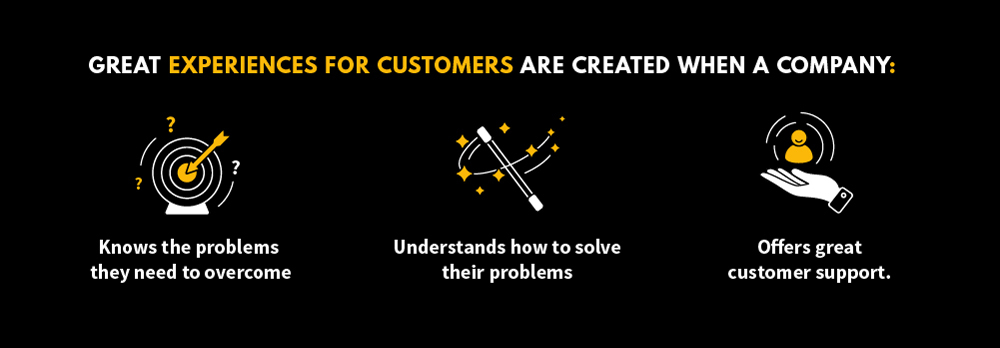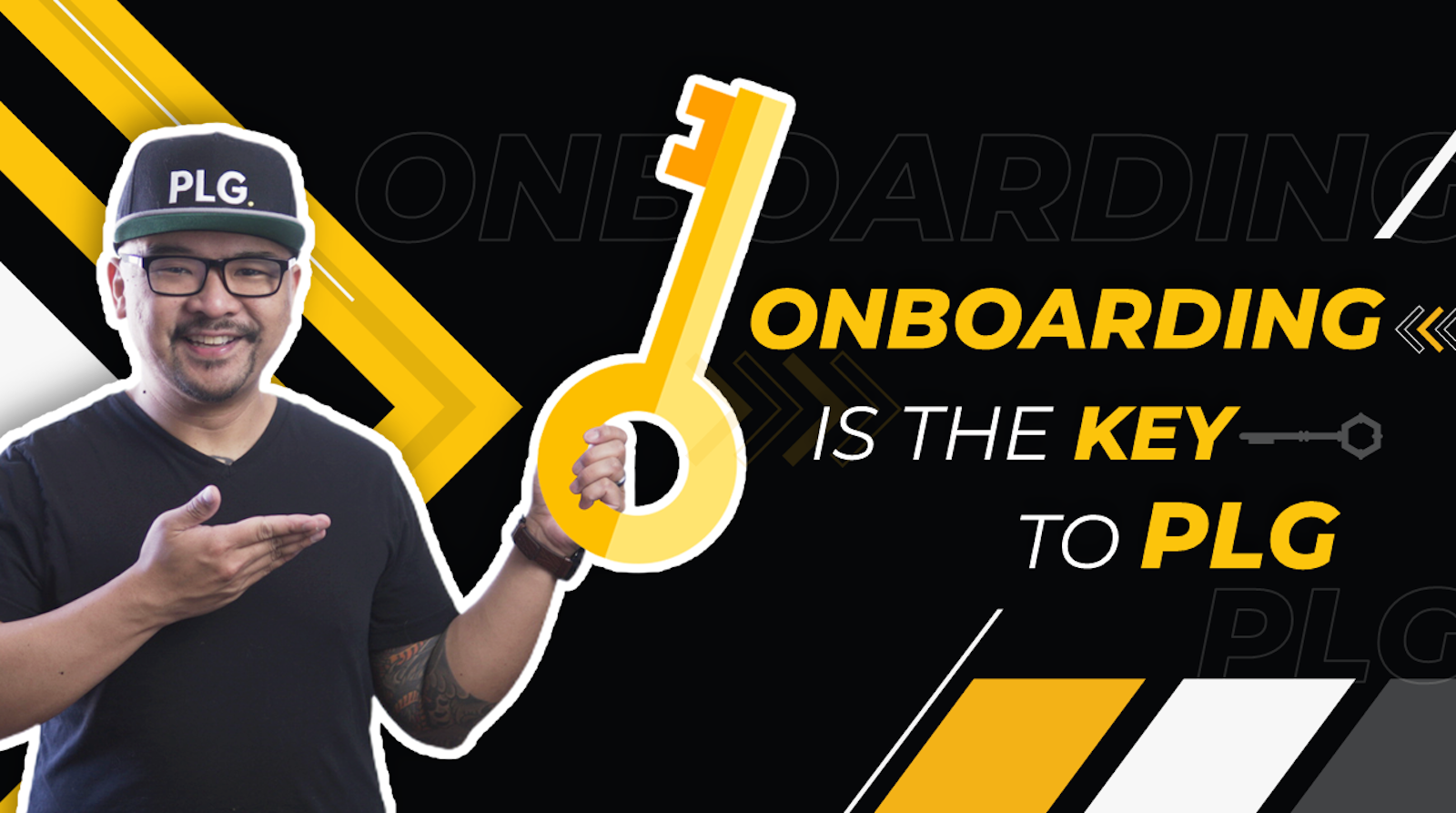
SaaS companies have traditionally viewed signups as the top of the funnel, but nowadays, they are going beyond conversion rate optimization (CRO) and shifting to customer experience optimization.
Here’s what product-led growth (PLG) teams need to know:
- The Best Experience Optimization Tools
- Good Customer Experience Practices
- Experience Optimization Teams
- How to Optimize the Customer Experience
Let’s begin by reviewing how PLG companies should approach experience optimization.
Less CRO, More Customer Experience Optimization
SaaS companies should consider experience optimization as part of their product development life cycle. They should see CRO as a component of experience optimization.
The product is the main vehicle for acquiring, activating, and retaining customers, and the experience your product offers has never been more critical. The goal is not only conversion; it’s also about providing your customers with positive experiences.
Great experiences drive conversion.
Everything your customer experiences before and beyond conversion is important. Overall product quality, load speed optimization, and investing in quality content are a few variables that participate in the conversion path.
The conversion journey is not linear. If you look at your purchasing behavior, you can understand that people buy a product or use software for a while… and then stop. In the same way, experience is non-linear.
The Best Experience Optimization Tools
A/B testing, personalization solutions, and platforms relevant to the customer experience help SaaS companies get in the mindset of experience optimization.
Another helpful tool is feature management platforms. A common belief is that the customer experience starts when you deploy your feature and it’s in production. But in reality, the experience begins well before.
Feature management platforms, like Flagship, are important because they help companies catch and solve problems on your website as part of the quality you provide to your users. After all, you never have a second chance to make a good first impression.
There is less margin for error and learning in today’s production environments. Companies need to be well prepared when they deploy a new feature and release it progressively – first to early adopters and then to beta users.
Good Customer Experience Practices
Great experiences for customers are created when a company:
- Knows the problems they need to overcome.
- Understands how to solve their problems.
- Offers great customer support.

What does good experience optimization look like? This is a broad question to answer because there are several aspects to consider, such as customer success teams. There is an expectation of a type of consumer-grade experience with product-led SaaS products.
Segment, a customer data platform, is a great example of customer optimization. The company has removed all the points of friction and frustration. On the website, users can stand alone and easily navigate independently. But it’s also easy to engage with someone if you need to.
Experience Optimization Teams
CRO teams now expand to experience optimization teams. In B2C companies that are still in digital transformation, a central team generally infuses the methodologies and the tools that all the employees use.
Typically, product-led companies have an experience optimization team divided into departments – growth and product feature.
- The growth team: in charge of deploying the testing of new features.
- Product feature team: developers coordinate with growth to implement a to-do checklist for better experience optimization.
How to Optimize the Customer Experience
Here are my recommendations for companies that want to integrate experience optimization into their product development lifecycle.
- Your company could be great at reaching a key performance indicator (KPI), but that’s a short-term win. In the long term, it’s the experience that matters. Look at side KPIs such as net promoter score (NPS) and customer satisfaction score (CSAT). These satisfaction-driven metrics provide a sense of how much your company is (or isn’t) improving the overall experience of a customer.
- PLG does not mean there isn’t any customer success. Companies thrive when they engage, involve, and define a process. For example, there may be a no-touch option for a given set of customers; but for other customers, you may be more successful in providing a touch model where customer support and customer success managers are there to assist the customer.
Understanding your customers and providing the best experience for them on product experimentation is quite a trend nowadays. To succeed, SaaS companies need to consider the quality of the customer’s experience before conversion and approach their product lifecycle with customer experimentation optimization.






















